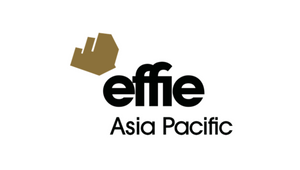
2020 Effie UK Report Finds Non-Conformity as Key Theme to Effectiveness

Non-conformity is the key theme to 2020’s most effective UK campaigns, according to a report released today by Effie UK in partnership with Ipsos.
The report found that winning entries and finalists broke category conventions to punch above their weight and deliver results. The study found that creative that goes outside established category rules is more likely to perform strongly on brand attention. Some campaigns did this by subverting category conventions, such as Confused.com, and challenging audience portrayals and harnessing public conversations, such as The Army. Others, like KFC, reframed the competition to their advantage.
Juliet Haygarth, managing director at Effie UK says: “We know effectiveness is dynamic. Sure, the fundamentals remain the same, but last year demonstrated how quickly things can change. One of the ways we help marketeers keep up with the latest trends is by sharing lessons and insights from the latest UK Awards entrants and winners. We are proud to partner with Ipsos to share this report which demonstrates that the power of non-conformity in creativity, as well as giving practical tips around channel planning, targeting and setting objectives.
Eleanor Thornton-Firkin, head of creative excellence at Ipsos MORI, adds: “Last year taught us how easy it is for advertising to fall into the sea of sameness when the prevailing context pushes everyone down the same route. What the Effie report shows us, and Ipsos data backs up, is that breaking category conventions while being true to your brand is what truly delivers effective campaigns. We hope this report gives you the confidence to do just that."
The report found that while market share gain or revenue growth is important for all entrants, the key result that separates 57% of the winners is the demonstration of market share growth as a result of the campaign.
The number of channels used by marketers has grown significantly over the past decade, and Effie history has shown that more channels usually equals more effectiveness. The Ipsos report found the same held true for UK winners last year. According to the report, winners used an average of 15 channels per campaign vs all entrants, who used far fewer. They also used channels that generated the greatest reach and were more likely to use broadcast channels as their main touchpoints.
Winners also had multiple, clear campaign objectives. Winning campaigns were found to be more effective when the objectives were focus and connected, such as in the case of The Bank of Antandec. Their primary objective was to drive Santander’s share of the UK mortgage market, through increase in mortgage applications. Another key objective was efficient growth with Santander having a clear benchmark to aim for in terms of the cost of mortgage application.
To download the full report, click here.













